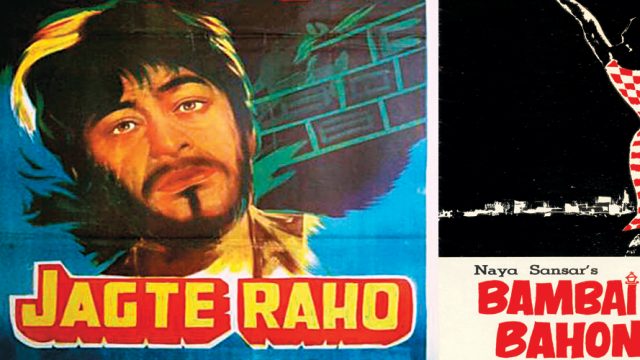It’s difficult to imagine a prolific genius like Khwaja Ahmad Abbas at work in the same industry whose latest offering is Half Girlfriend. Film director and producer, screenwriter, novelist, playwright, columnist and short story writer, K.A. Abbas’s credentials alone could fill this page. Apart from writing many of Raj Kapoor’s biggest hits, including Awaara, Shri 420, Mera Naam Joker, Bobby and Henna, Abbas—considered a pioneer of Indian parallel or neo-realistic cinema—directed memorable cinematic masterpieces. To commemorate his legacy, a curated set of five films, titled K.A. Abbas: The City as a Metaphor, was screened in Delhi during the 12th edition of the Habital Film Festival in May. This was accompanied by an exhibition of his writings and posters, in collaboration with the Khwaja Ahmad Abbas Memorial Trust. Two of these films, Jagte Raho (1956) and Bambai Raat Ki Bahon Mein (1967), exhibit his creative flirtation with symbolism. In many of his films, Abbas has used the city’s exploration to depict some harsh realities. For instance, Jagte Raho, written by him, narrates the journey of a man desperately searching for water. The movie takes us through locked gates of apartment complexes, which establish the prejudices and fears prevalent among the residents. Bambai Raat ki Bahon Mein, the crime-thriller written, produced and directed by Abbas, maps the sordid underbelly of Mumbai. These posters take us back to a time when Bollywood movies, although technically underwhelming, were poetic in their screenplay and the conversations they evoked.
Time Traveller: Film Posters, Mid-1900s
Bollywood movie posters from yesteryears showcasing the legacy of K. A. Abbas

Time Traveller: Film Posters, Mid-1900s
Time Traveller: Film Posters, Mid-1900s



